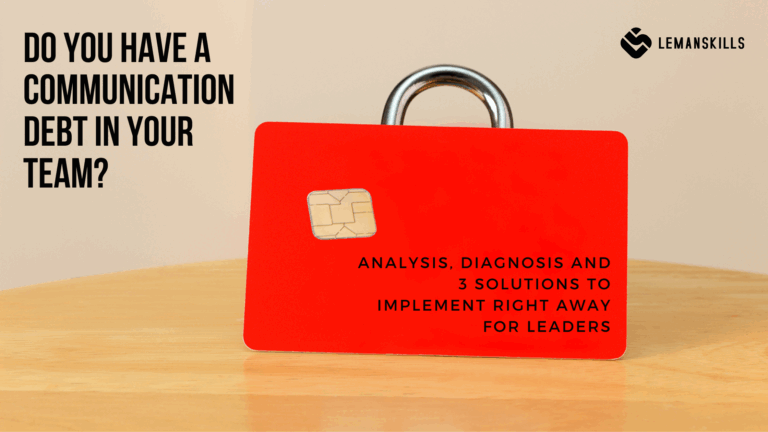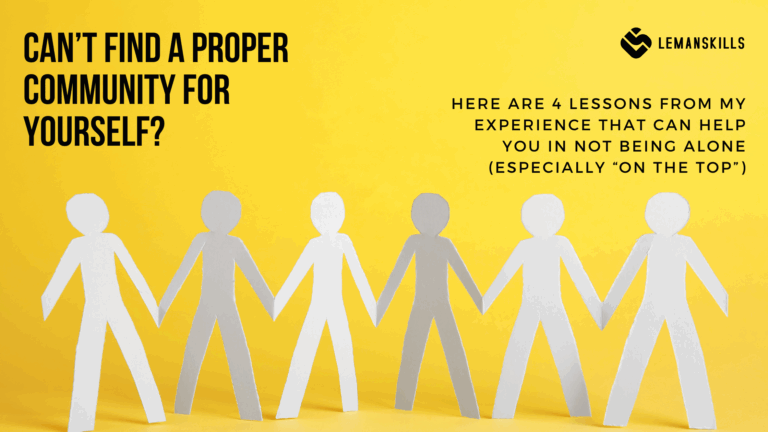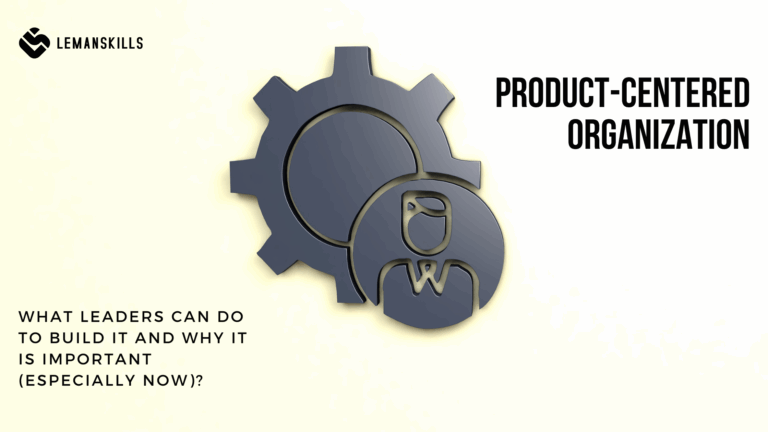“Wooooooow, it’s soooo aweeeesome!!!”, “I like this idea, and this one sucks.”, “It’s plastic bombastic!”
Do you know a person or two who speak that way? And yes, I mean an adult, not a kid or a teenager.
The person that reacts really vividly to what’s happening, that says openly whether they like or dislike ideas, clothes or food?
That’s the Rebel.
The fourth out of six personality types in Process Communication Model. We’ve started the story about PCM HERE and then we’ve described Persister, Thinker and Promoter.
Today we’re adding another piece to our PCM puzzle, so we understand different people once we meet them, have them as team members or stakeholders in different circumstances (professional and private). For those of us who has little Rebel energy, this one can appear like a crazy person. Why? Let’s unpack it today!
How do we recognize Rebel?
Rebel is a person who experience the world through the lens of reactions. Most of the time, they react right away with a strong “like / dislike” statement. They either go for it or leave it and never start doing something. They have this free child energy that allows them to feel joy, excitement, experience the world with the enthusiasm that we often loose along the way.
How to recognize a Rebel in the Base of personality? Again, the easiest way to make a strong hypothesis is to look for the key words that the person uses the most.
For Rebel it will be: “Wow!”, “Awesome!”, “I like / dislike this!”, “Cool!”, “Amazing!”, “Oh, how disgusting!” They will use slogan words quite often as well.
They say all that because they want to invite us to express our own reactions. It’s because they need to be in authentic contact with others, that’s how they feel that they belong and are accepted. They are extremely creative, thanks to their open-minded heads. A Rebel can be a great member of a team (or project team) at the very beginning of the initiative, when we brainstorm. They can figure out a big number of ideas, sometimes super weird or that seem impossible to implement. Those ideas that i.e. Thinkers or Persisters would never come up with.
The recognition of Rebel r is also easier when we look on their non-verbal communication: most of the time their face is extremely emotive, with a lot of mimics on it. Their voice is changing, modulating to express the proper emotion and reaction they aim for. They move their body a lot, using a lot of gestures to emphasize what they want to express.
If you see and hear it, that’s a strong indicator that there’s a Rebel in the Base on the other side of the communication process. How to use it to get along with that kind of person?
What does Rebel need in communication?
- The Rebel needs communication process where they have a chance to express their reactions. Extremely important for them as well is to have a space, where they can go into contact with others, by exchanging those reactions.
- To be efficient in communication with Rebel, we need to use emotive channel of communication. It means that we need to reach to those higher levels of energy we have (for some of us it can be pretty demanding) to get into the positive exchange as a start of a conversation. That means that asking questions or directly saying what’s there to be done won’t work in Rebel’s case. How to do it? Using the same example as before: when we want to delegate a task, so a chosen employee covers it, the great approach will be energizing the conversation first. “Hi Bob, it’s dope to see you! Did you see this game on Saturday? OMG it was nuts! (you talk for a while so the Rebel can give their reactions too). And by the way, I have this task, it’s pretty awesome, you up for a mission?” For them it needs to be fun, even if for us it seems ridiculous. Once they are on board, we can talk about the details (scope, deadline, support, required learning etc.).
- They value Laissez-faire interaction style. It means that they need freedom, autonomy and space to be creative and deliver things. One of the worst things that we can do while getting in contact with Rebel is to be too directive, asking questions, especially a lot of them won’t work very well too. Yes, they need structure and clear contract on what’s there to be done and for when but too much of a control or asking them in detail what they do will bring us the opposite results.
- Rebel seek to answer the existential question: am I accepted? It’s good to feed that question, especially when we see that Rebel is under some kind of stress or pressure. For them the following equation is the only truth.
I’m accepted by others = I’m valuable as a person
- One motivational need attached to this PCM type is contact. It’s important to know it, since when those needs are not met, Rebel goes into distress and loses access to their skills, abilities to think clearly. Contact means that we are going actively in positive interaction with other people. We are seen as important part of the conversation, exchange of ideas, and sometimes just a person who can change the temperature in the room for the better. We can feed the need of contact by getting into the conversation or positive exchange, even when we don’t feel like it at the moment or it doesn’t seem logical.
When do we know that Rebel is in distress?
Just a reminder: distress is negative stress, that costs us (and our environment) something. We are in distress when our motivational needs are frustrated and to cover them (in a really bizarre way), we into the distress sequence. How does is look like for a Rebel?
- Driver: I need to try hard for you (meaning: I’m OK only if I try hard). On this level, Rebel often says that they don’t understand things, by saying that they just don’t get it. That mechanism invites others to think and resolve issues for them (since they don’t really get it). When we see that kind of behavior, we can offer positive contact by saying something like: “Oh man I hate when it happens to me! C’mon, let’s figure it out together!”. That kind of reaction will take Rebel out of the rabbit hole and get them back to OK-OK space.
- Blamer Mask. Like Promoter, Rebel also wears a blamer mask on the second level of distress. The difference is that Promoter blame others that they are not strong or immune enough to conquer the world. For the Rebel it’s more vengeful, they blame others for things that i.e. they didn’t deliver. They always find an external circumstance (a.k.a. other people) that are responsible for the lack of effect or work delivery. Again: they do it because they lack positive contact and that is an approach they choose to get in any contact, even if it’s negative like that one. It’s also their way to not take responsibility which is their issue in overall.
- Cellar: At the end, Rebel is going into the mode: “Watch me! I’ll show you and then you remember!”
As you can see, being in distress is an algorithmic body and brain response to not having covered the motivational needs. This sequence is repetitive, happens every time that a person is triggered in any way. The whole sequence can last 30 seconds (literally) or can be longer. The more frequently we go through the whole path (3 steps), the more “coupons” we collect to pay them out.
That’s why it’s so important to stop the vicious cycle as soon as we realize that it starts: the sooner, the easier it will be. And remember that we can cover the needs on our own, but also, we can ask the people around us for support. We can make a little contract with people in our environment (private and work) that stands: “if you see that X and Y behavior is starting within myself, please react with a proper needs’ coverage. That way I will come back to myself faster, and nobody gets hurt”. It’s especially important on the Mask level, since when we are there, often we don’t think clearly, so it’s super hard for us to cover our own needs properly.
The bottom line
The Rebel is another great player in a team. Especially when you need creativity, generating ideas, solving problems when others are stuck. Their beautiful brains can create so many ways to do so, that may seem a little outrageous or crazy for others (especially Thinkers and Persisters, as mentioned above). Because they have a high level of energy, Rebels can be perceived like ADHD (non-clinical), with endless source of optimism, joy or enthusiasm for others.
In the dark world that we often experience, having those people is especially valuable. They make us laugh, sometimes see a different perspective or get a sparkle that will move our thinking and doing into direction that we’ve never saw before.
Of course, under stress it’s harder since the Rebel won’t deliver on time, will blame others that they didn’t do their job and will find all the excuses in the world. But after getting over with that behavior and going into OK-OK zone, we can create an extraordinary value.
That’s what the Rebel is for.




